Follow live updates on Pope Leo XIV.
The cardinals electing a new pope to lead the Roman Catholic Church left the Sistine Chapel exhausted and hungry.
A meditation to start the conclave had dragged on and pushed their first vote deep into Wednesday evening. It had resulted in an inconclusive tally, with three main contenders. Keeping their vow of secrecy, they returned to Casa Santa Marta, the guesthouse where they were sequestered without their phones, and started talking.
Over dinner, as one gluten-free cardinal picked over vegetables and others shrugged at the simple fare, they weighed their choices. Cardinal Pietro Parolin, 70, the Italian who ran the Vatican under Pope Francis, had entered the conclave as a front-runner but hadn’t received overwhelming support during the vote. The Italians were divided, and some of the cardinals in the room had become bothered by his failure to emphasize the collaborative meetings that Francis prioritized for governing the church.
Cardinal Peter Erdo of Hungary, 72, backed by a coalition of conservatives that included some African supporters, had no way to build momentum in an electorate widely appointed by Francis.
That left Cardinal Robert Francis Prevost, 69 — a quiet American dark horse who had, surprisingly, emerged in the evening’s vote — as a source of particular interest.
A missionary turned religious order leader, turned Peruvian bishop, turned Vatican power player, he checked many of the boxes that a broad range of cardinals hoped to fill. His seeming ability to be from two places at once — North and South America — pleased cardinals on two continents. As the prelates sounded out the Latin American cardinals who knew him well, they liked what they heard.
During the dinner, Cardinal Prevost avoided any obvious politicking or machinations, cardinals said. By the next morning, he had transformed into an unsuspecting juggernaut who ultimately left little room for rival candidacies and ideological camps.
“You begin to see the direction and say, ‘Oh my goodness, I’m not going to use my five days’ worth of clothes,’” joked Cardinal Pablo Virgilio Siongco David of the Philippines. “It’s going to be resolved very fast.”
Interviews with more than a dozen cardinals, who could divulge only so much because of secrecy rules that carry the penalty of excommunication, and accounts from Vatican insiders told the story of how Cardinal Prevost became Pope Leo XIV. The swift, stunning and taboo-smashing consensus around an American unfamiliar to many outside the church came on Thursday among an unwieldy College of Cardinals with many new members who didn’t know one another. They had different interests, languages and priorities, but a single choice.
Building Support
After the death of Francis on April 21, cardinals from around the world began arriving in Rome. They joined powerful players in the Vatican who ran the church’s bureaucracy, including Cardinal Prevost, whose career Francis had boosted.
Despite his intimate understanding of the Vatican, Cardinal Prevost was still among the newbies, having been a cardinal not even for two years. And he had questions about the conclave.
He turned to one of the reported front-runners, Cardinal Luis Antonio Gokim Tagle of the Philippines, for help.
“‘How does this work?’” the American said, according to Cardinal Tagle, who recounted the conversation. “I had experience in a conclave,” Cardinal Tagle said, “and he didn’t.”
Unlike Cardinal Tagle, he also didn’t have the name recognition considered necessary in an election among so many new cardinals who barely knew one another. Without a high profile or obvious base of support, the Chicago-born Villanova graduate moved below the radar.
“I didn’t even know his name,” Cardinal David of the Philippines said.
But Cardinal Prevost was not a complete unknown. As the former leader of the Order of St. Augustine, which operates around the globe, and as the head of the Vatican office overseeing the world’s bishops, he had developed powerful connections and backers. First among them had been Francis, who put his career on the fast track. And his decades in Peru, fluent Spanish and leadership of the Pontifical Commission for Latin America gave him deep, and decisive, relationships on the continent.
“We almost all know him. He’s one of us,” said Cardinal Baltazar Enrique Porras Cardozo of Venezuela, who has known him for decades.
In the weeks before the conclave, the cardinals participated in a series of private meetings to discuss their concerns about the future of the church. Unlike Francis, who made his mark with a short speech sharing his vision for the church, several cardinals said that Cardinal Prevost’s remarks did not stand out. “Like everyone else,” said Cardinal Juan José Omella Omella of Spain.
Cardinal Jean-Paul Vesco of France, the archbishop of Algiers, also could not recall what the American had said, but he got to talk to him on the sidelines of the meetings — which was important, he said, because he was increasingly being talked about as a candidate based on his “incredible” résumé, fluent Italian, reputation as a moderate and connection to Francis. The cardinal started asking around to people who had worked with the American to vet him, and learned that he listened and worked well in groups. “I did my job,” Cardinal Vesco said. “I have to vote. I have to know the person.”
Cardinal Wilton Gregory of the United States also said that Cardinal Prevost had engaged “quite effectively” in the smaller group discussions with cardinals.
Those more intimate settings played to Cardinal Prevost’s strengths, as he had gained a reputation around Rome as a studiously prepared, collegial and organized collaborator, especially as a top Vatican department head.
“I just admire the way he runs a meeting,” Cardinal Blase J. Cupich of Chicago, his hometown, said. “I mean, that’s hard to do, when you’ve got people of different language groups and cultures, and you’re trying to advise a pope on who should be a bishop, and you’re listening to all those people.”
On Saturday, May 3, five days before the conclave, the cardinals drew lots and assigned key roles. With 127 of the 133 who ultimately voted in attendance, Cardinal Prevost was chosen to assist in running the daily meetings before they were sequestered and voting began.
As the different factions argued in those daily meetings about the future direction of the church, the cardinals from the Americas seemed to coalesce around him.
Cardinal Timothy M. Dolan of New York, an outspoken and gregarious figure, said he tried to get to know his fellow American better at a breakfast.
Cardinal Gerhard Ludwig Müller of Germany noted an electoral base that seemed to be forming, saying, “it’s a good number of cardinals from South America, North America.”
Cardinal Porras of Venezuela said that cardinals from Latin America and the United States seemed on the same page about Cardinal Prevost. “When you have friendship first,” he said, “everything is easier.”
The more the cardinals learned about Cardinal Prevost, the more they liked, cardinals said. “Bob, this could be proposed to you,” Cardinal Joseph W. Tobin of Newark, N.J., said he told Cardinal Prevost soon before the conclave began.
Cardinal Prevost had a lot of the experience they were looking for, said Cardinal Vincent Nichols of England. He had the heart of a missionary, scholarly depth and knowledge of the world. He had run a diocese as a bishop, which put him in close contact with parishioners, but had also worked in the Curia, the Roman bureaucracy that helps govern the church.
It did not escape the cardinals, Cardinal Nichols said, that Cardinal Parolin, the Vatican’s top diplomat, who was being pushed by his supporters in and out of the conclave, had deep experience only in the church bureaucracy.
“We’re not stupid,” he said.
Quickly Shifting Fortunes
On Wednesday, after a long and solemn procession into the Sistine Chapel, the cardinals gathered at their assigned seats and took their vows. Just before 6 p.m. the doors closed for the beginning of the conclave.
The meditation at the start, remarks on the gravity of the task at hand, ran about an hour, so long that Cardinal Parolin, who was running the conclave, asked them if they wanted to call it a night and delay the first vote until the next morning.
“We didn’t have dinner, and there were no breaks — toilet breaks — either,” said Cardinal David of the Philippines, but the group decided that it wanted a vote.
As voting got underway around 7:30 p.m., the delay, with no explanation to the outside world, caused a stir among the waiting crowds. It seemed perhaps that the cardinals had already picked a pope who was getting dressed to come out onto the balcony.
Instead, the first vote that night amounted to what Cardinal Omella of Spain called “a bit of a preliminary poll.”
“In the first vote, there were several candidates who won significant votes,” Cardinal Lazarus You Heung-sik of South Korea said, according to the South Korean news agency Yonhap. Vatican insiders said that those candidates included Cardinals Parolin, Erdo and Prevost.
That’s when the cardinals returned to the guesthouse and started discussing the strengths and weaknesses of the men.
“Once we’re in Santa Marta, there was talk about individual candidates,” Cardinal Nichols of England said. “That’s what we’re supposed to do.”
Cardinal Müller of Germany, a prominent conservative critic of Francis whom the late pope had fired from his position as the church’s top doctrinal official, said he talked to the Latin Americans about Cardinal Prevost and was told that he was “not divisive.”
The climate for Cardinal Prevost seemed to be growing increasingly positive. The election was coming to him.
The next morning’s votes — the second and third of the conclave — made the picture clear.
“In the fourth vote, the ballots overwhelmingly shifted” to Cardinal Prevost, Cardinal You of South Korea said.
Cardinal Müller sat behind the American front-runner in the Sistine Chapel and noticed that he seemed calm. Cardinal Tagle, who sat next to Cardinal Prevost, noticed him taking deep breaths as votes amassed in his favor.
“I asked him, ‘Do you want a candy?’ and he said ‘Yes,’” Cardinal Tagle said.
During one of the votes, Cardinal Tobin, as he held his ballot high and put it in the urn, turned and saw Cardinal Prevost, whom he had known for about 30 years.
“I took a look at Bob,” Cardinal Tobin of New Jersey said, “and he had his head in his hands.”
Later in the afternoon, they voted again, then counted the ballots one by one. When Cardinal Prevost reached 89 votes, the two-thirds majority threshold needed to become pope, the room erupted in a standing ovation. “And he remained seated!” Cardinal David said. “Somebody had to pull him up. We were all teary-eyed.”
As the counting continued and the votes for Cardinal Prevost neared triple digits, Cardinal Parolin had to ask them to sit down so they could finish.
“He obtained a very, very large majority of votes,” Cardinal Désiré Tsarahazana of Madagascar said.
After his election, cardinals enthusiastically congratulated the new pope. A short and uncontentious conclave was over and Leo XIV stepped through the crimson curtains onto the balcony of St. Peter’s Basilica and the world stage.
Cardinal Tagle, the onetime favorite who days earlier had been asked by the American about the rules, told him: “‘If there’s anything you want to change about the conclave rules — it’s all in your hands now.’”
Aie Balagtas See contributed reporting from Manila; Josephine de La Bruyère from Vatican City; and Choe Sang-Hun from Seoul.
how-a-quiet-american-cardinal-became-pope

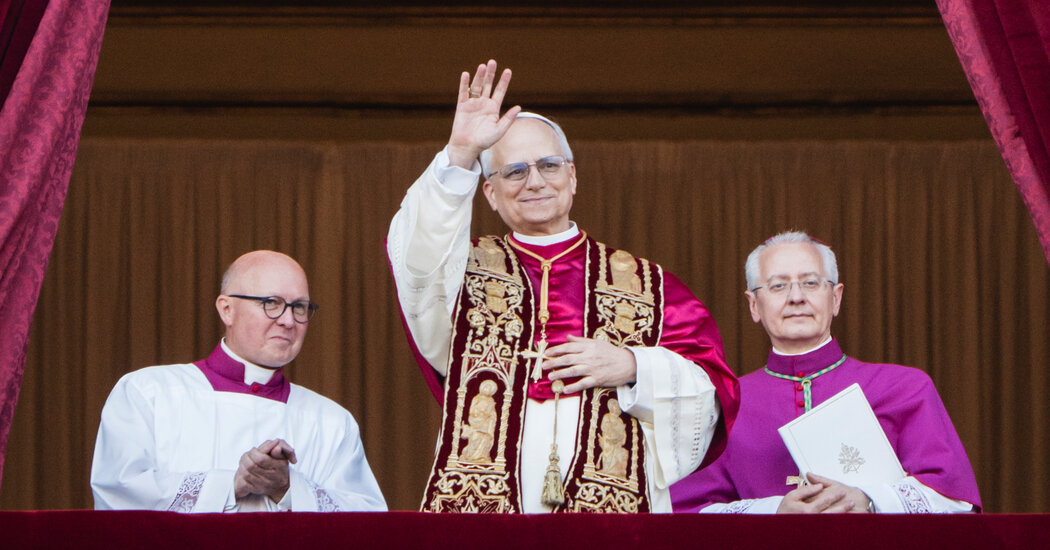
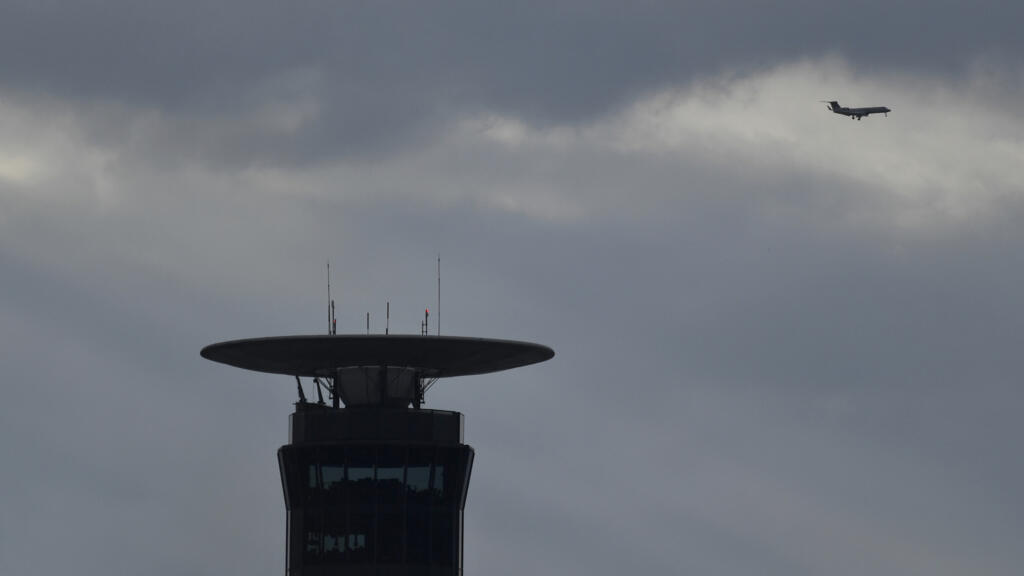
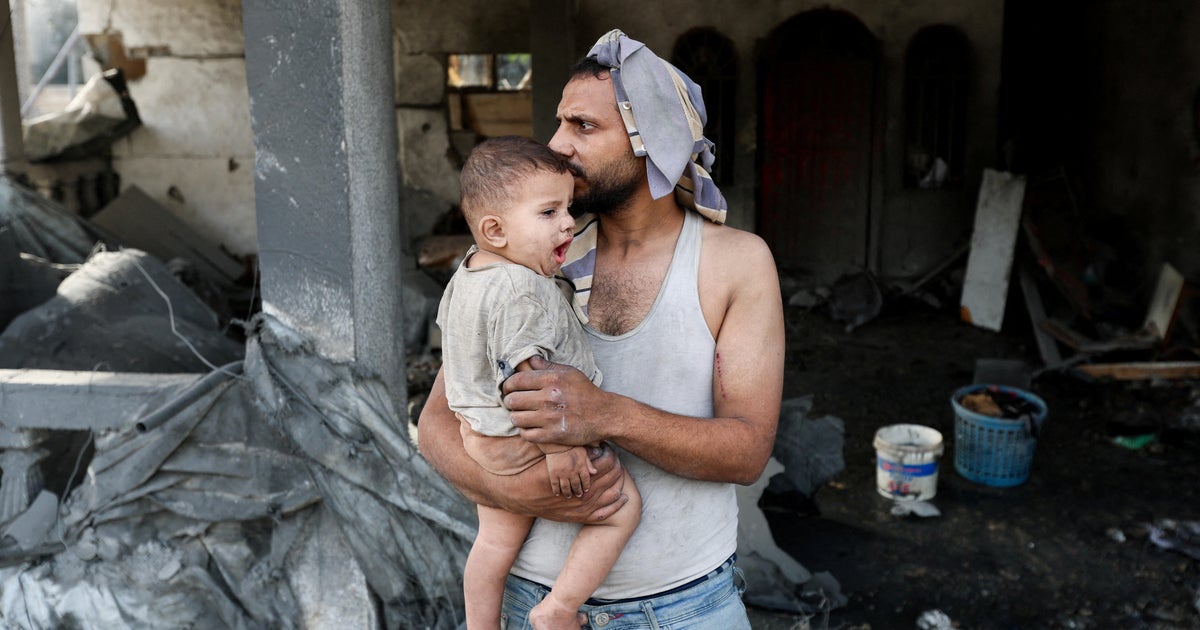
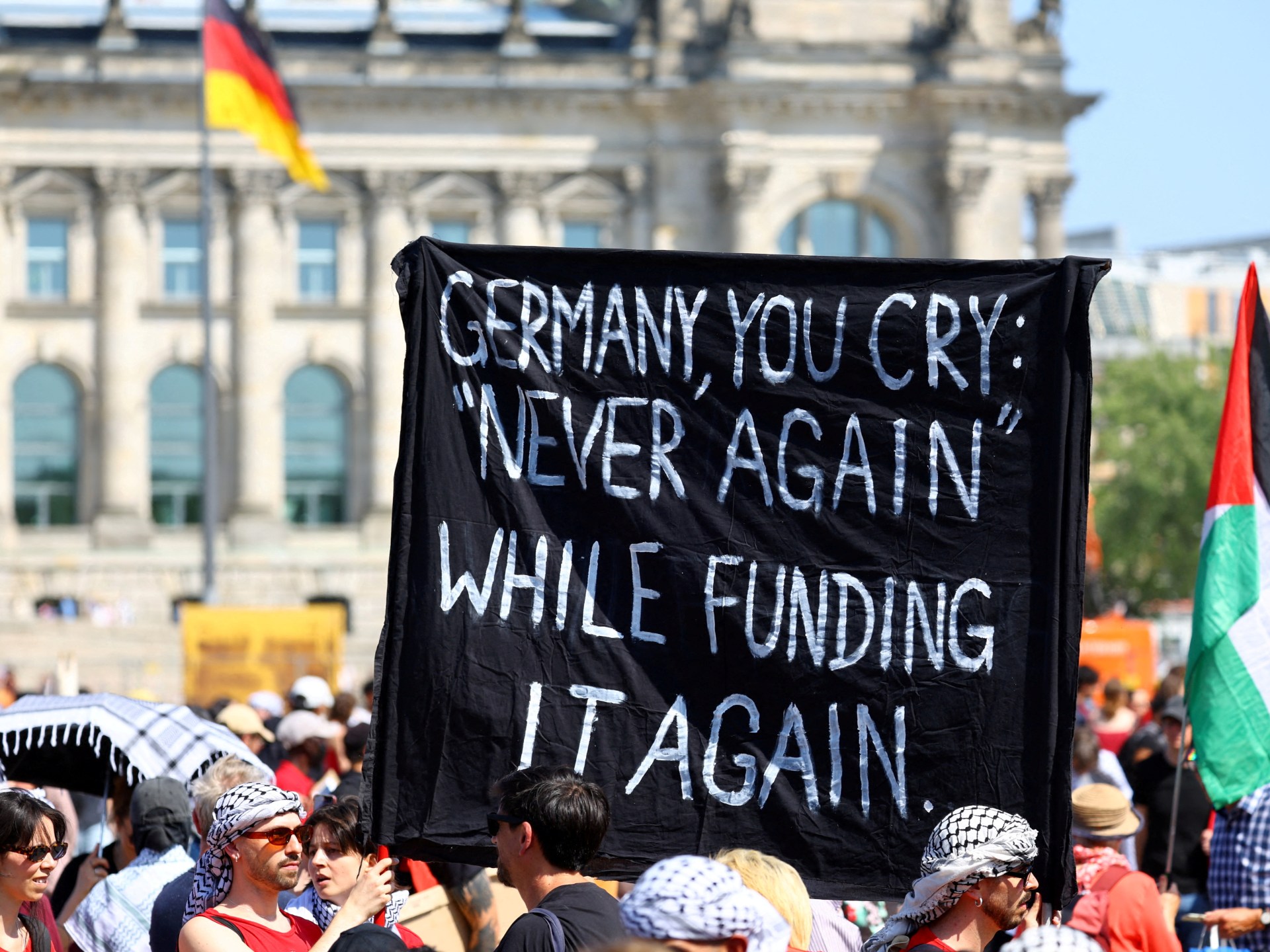
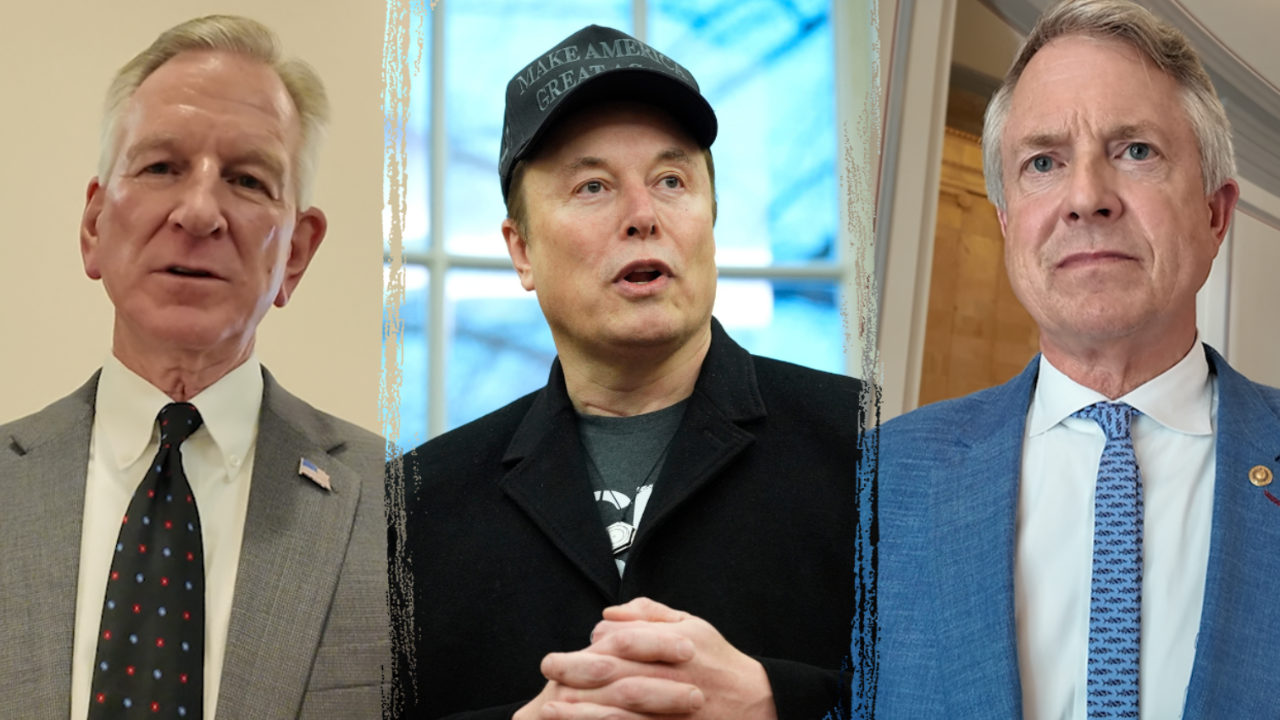
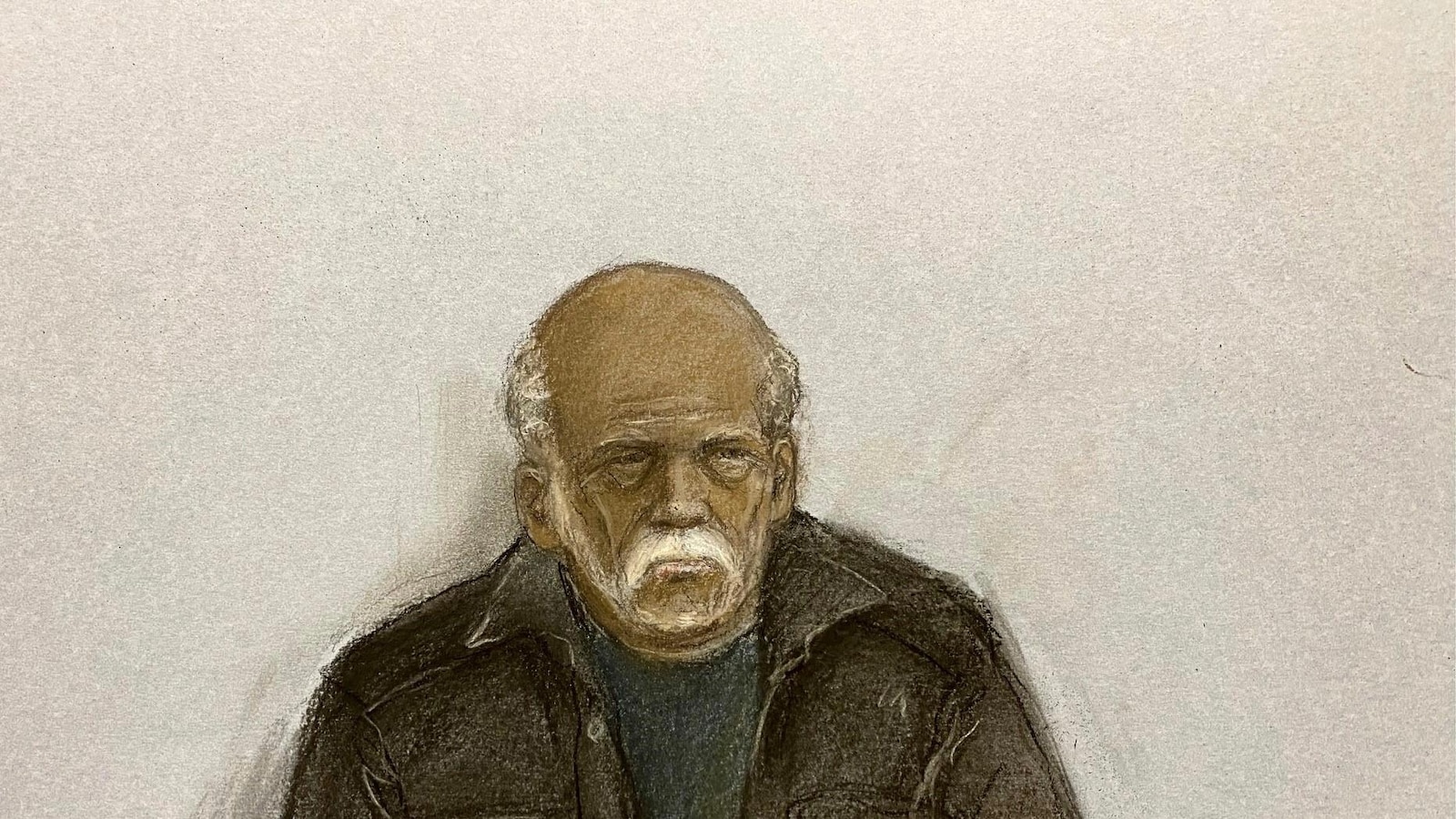
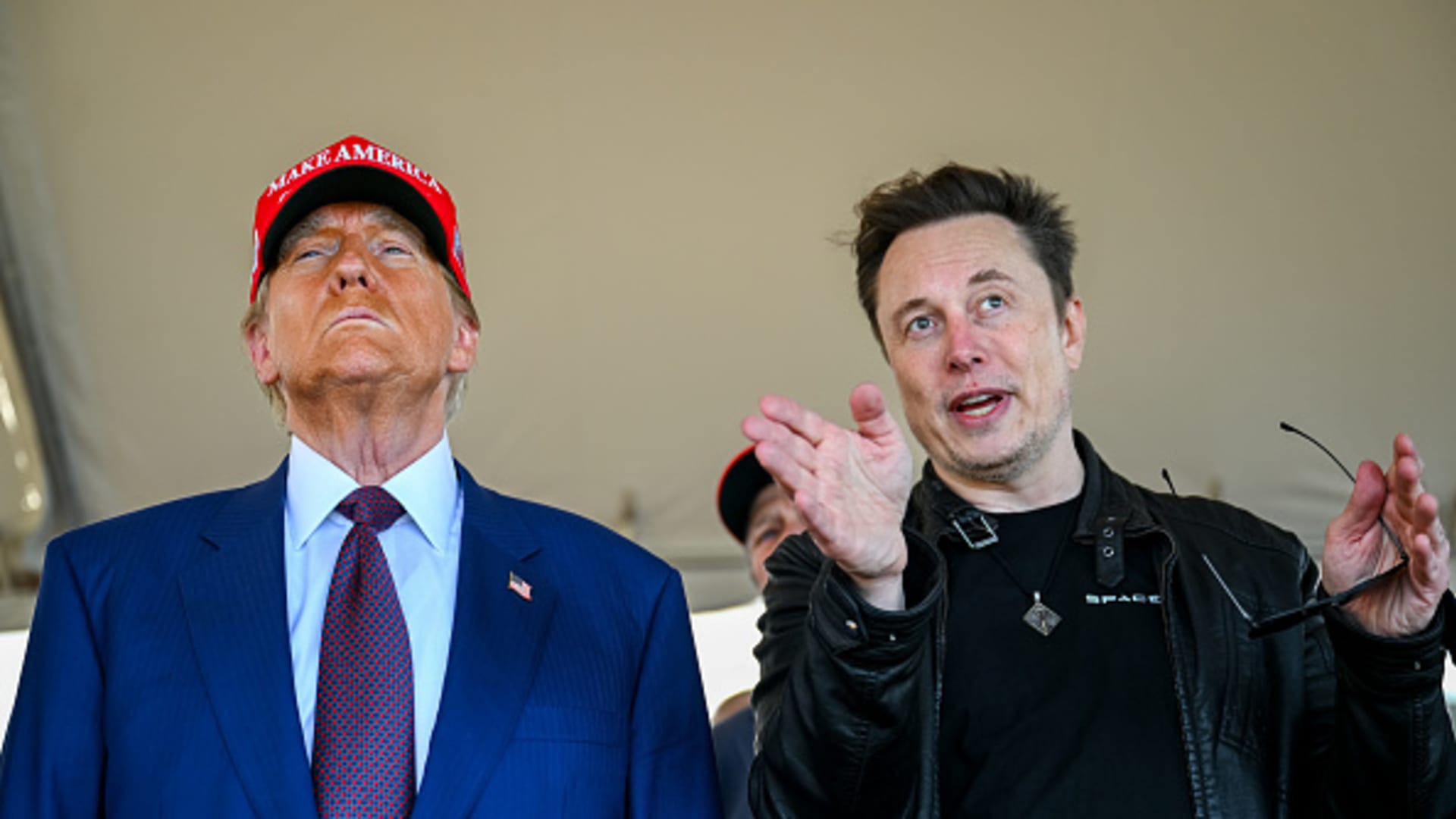
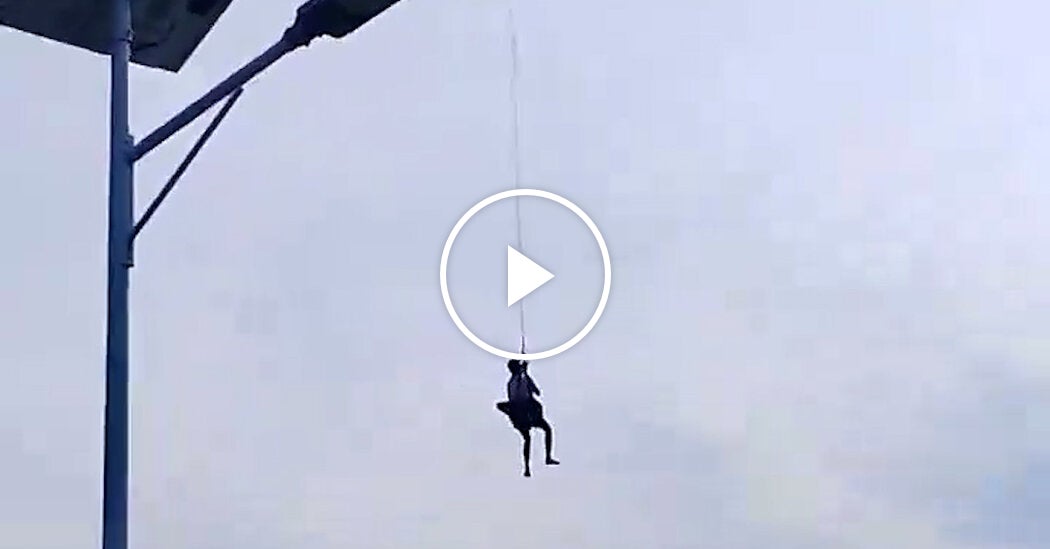
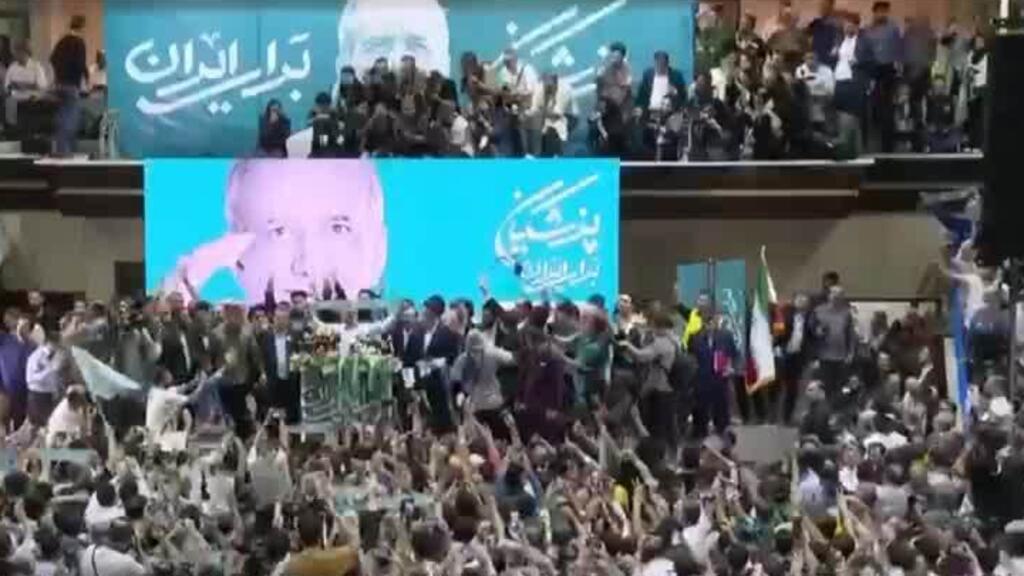
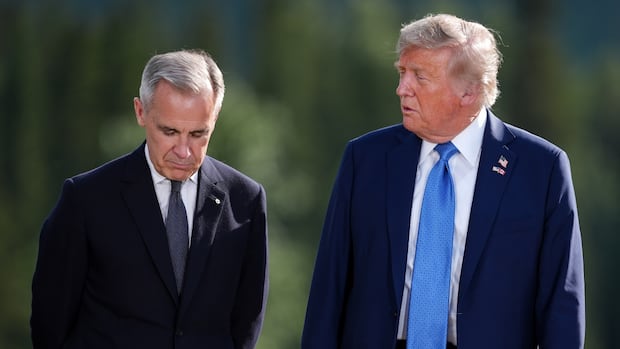


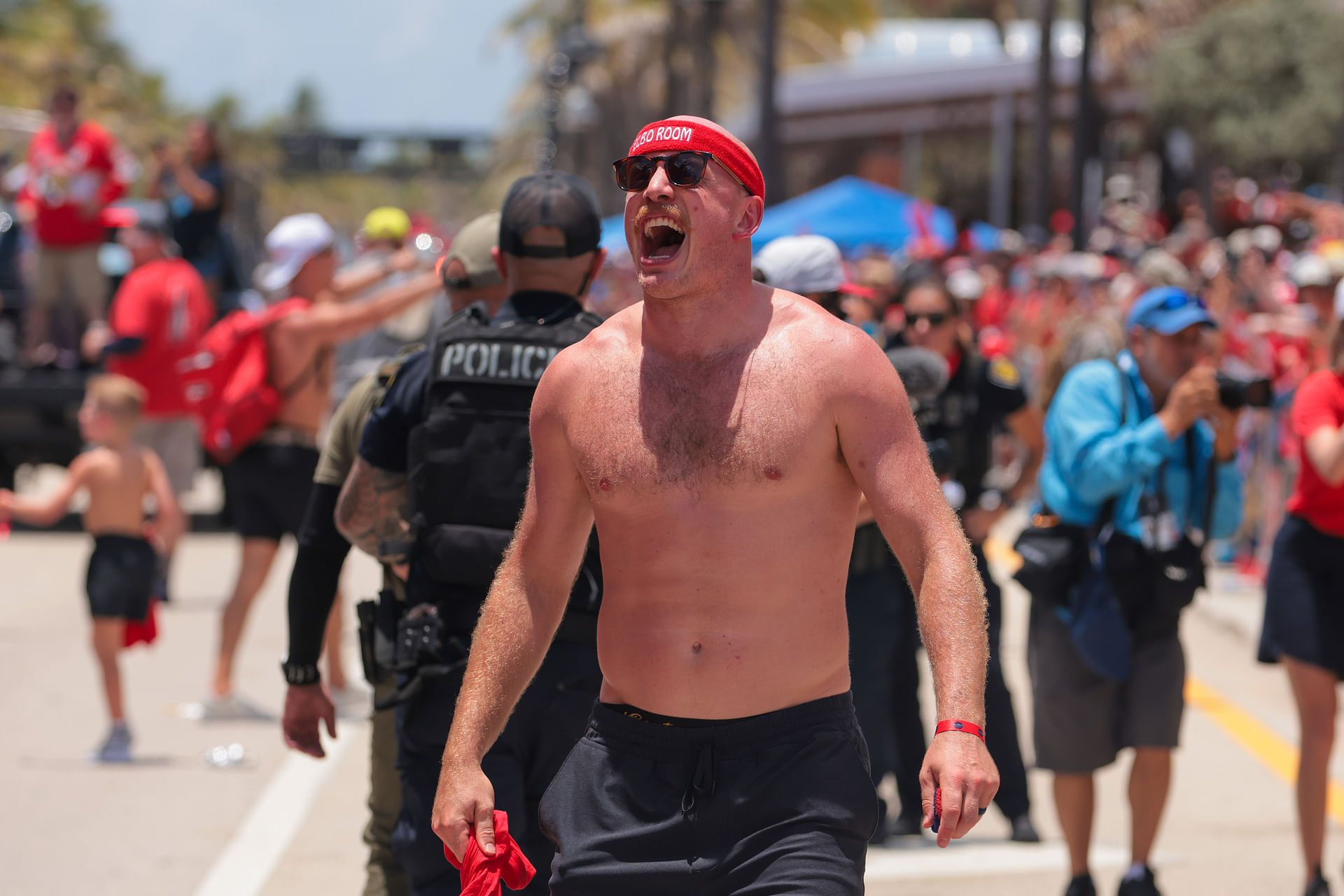
Leave a Reply